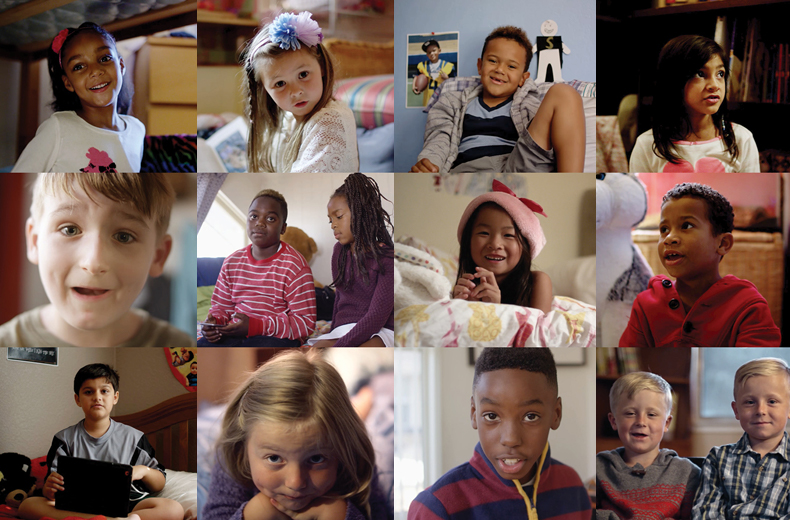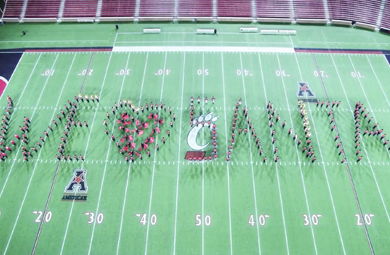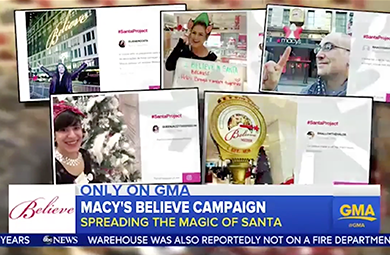
Dreamies investigation proves that the treats are irresistible to cats
The campaign by Adam&EveDDB concludes that the only cats who don’t love the pet treat are human Cats
Maintaining optimism in an age of cynicism


No matter what side you were on, the aftermath of the US election was (and remains) uncomfortable for many millions of people. A recent global study found that only 35% of Americans feel proud of their country or economy. So after months of scandal, corruption, leaks, rage, dog whistling, robo-calls and numerous displays of the worst sides of human nature, everyone needed some positive things to look forward to.
After all the crises and upsets of a punishing 2016, there is a clear opportunity for brands to play a role in boosting morale in 2017. Here are four ways brands can help rebuild optimism in the months and years to come:
There are personal as well as practical benefits to adopting this approach. Adopting this mindset makes sense as a strategy for rising above the toxic, frenetic news cycles that clogs up your feeds, as well as helping the people working on projects tap into a new vein of optimism and idealism. Having something to believe in makes everything in life and branding a whole lot more enjoyable.

This time last year, Macy’s came to Figliulo&Partners with a big challenge: how could they recapture leadership of the Christmas season?
After years of putting on a great show with Santa’s Grotto, letters to the North Pole and a big, beautiful sparkling “Believe” sign adorning all of their hundreds of stores, Macy’s felt like they had a rightful claim to be the brand that owned Christmas magic. But their 150-odd years as the Santa champion was not enough to win the season in the age of internet, an era of questioning and cynicism. Today, when children want to know “Is Santa real?”, they go straight to Google, and the very first answer they find is an emphatic “No”.
An Ipsos poll showed Childhood belief in Santa had been declining over the past decade. Childhood belief in Santa is down 10% from 2006 and 2016.
As the “Believe” brand, that wasn’t good enough – and Americans agreed with them. A national poll showed that a plurality of American adults thought Santa belief was truly important.
Clearly this was a cultural cause that resonated, even if some might say it was an impossible task, because to make America believe again, we would have to change the results they found online. In effect we had to make Google believe in Santa.
We created The Santa Project, an ambitious nationwide endeavor designed to overcome internet cynicism and flood the internet with positive expressions of belief. We called on Americans of all ages to post photos, messages and videos with #SantaProject via Twitter, Facebook, Instagram and YouTube to show their support for Santa.
We spread awareness of the project in a variety of ways, starting with a national TV spot, premiering during the telecast of the Macy’s Thanksgiving Day Parade, watched by over 50mm Americans, with a long-form online video version that expanded on the theme.
Next, we seeded a research film that backed up the importance of childhood belief with first-person accounts from child psychology experts, who explained how belief in Santa is highly correlated with several areas of children’s cognitive development, including creativity, morality and independence.
The campaign’s momentum built throughout December, with people across America responding to our call alongside Macy’s store employees, local fire departments, marching bands, Youtube stars, mommy bloggers and several high-profile celebrities. Throughout that period, we supported the mission on all social channels by releasing 3-5 pieces of original, bite-sized content each day, all of which continued to encourage people to fill the internet with the magic of belief.
The finale with a compilation of our favorite responses that celebrated all the ways people around the world joined together to show their belief, and aired it on TV in the week before Christmas.
Agency: Figliulo&Partners, New York


Results:
An incredible 73.4 million people interacted with the Santa Project. We received over 17,000 pieces of original content, from Mannequin Challenges to family photos to heartfelt stories. People participated in every state across America. Schools challenged each other to take part. Everyone from Miss Piggy to the Good Morning America team, to the New Jersey Devils to IBM’s Watson got involved. But most importantly, our original mission is now complete. Today, if you ask Google “ Is Santa Real?” the first answer reads: Santa is a symbol of generosity and goodness. We couldn’t agree more.
Caroline is one of the five partners at Figliulo&Partners and leads the strategy and planning teams at the agency, as well as partnering with all senior clients to lead the direction of their brands and businesses. Caroline has worked on some of the world’s biggest brands, including Coca-Cola, Samsung, Exxon Mobil and Revlon. As Head of Planning at TAXI NYC, she led strategy for two of Kraft’s largest beverage launches. At Havas, she built the strategy for Dos Equis’ “Most Interesting Man in the World” campaign, one of Ad Age’s campaigns of the 21st century. She was also Head of Strategy at digital shop, Noise (now Deep Focus), on assignments for Samsung, Chase, Unilever, Intel and Amazon Fashion.
Looks like you need to create a Creativebrief account to perform this action.
Create account Sign inLooks like you need to create a Creativebrief account to perform this action.
Create account Sign in